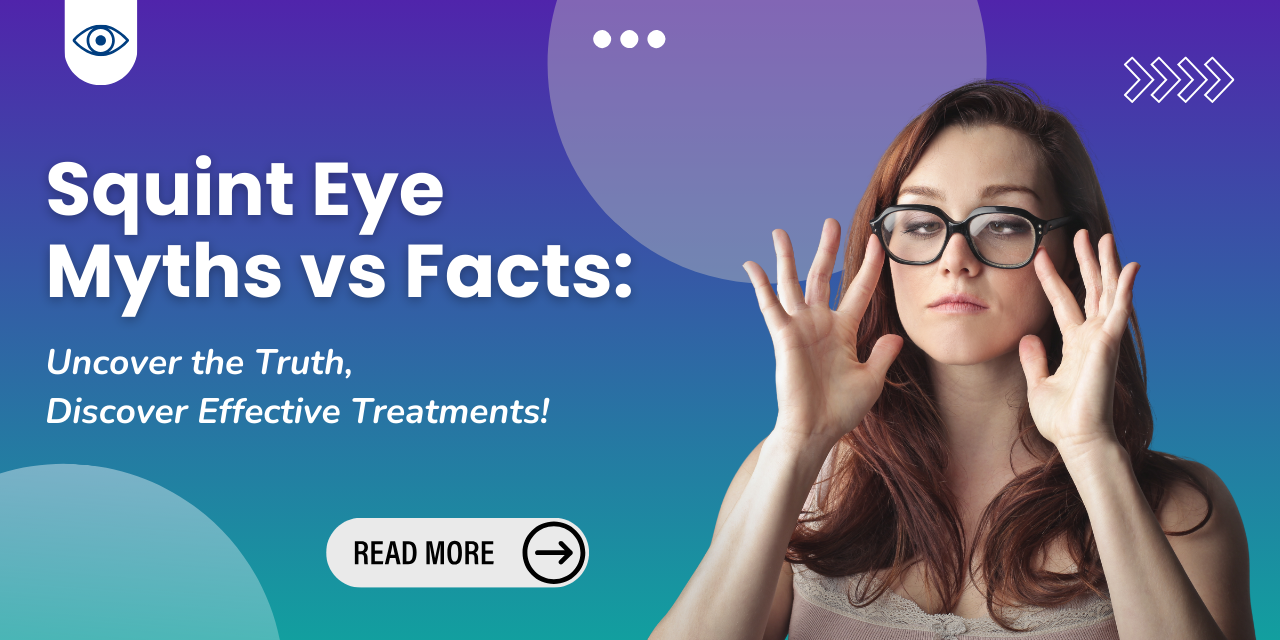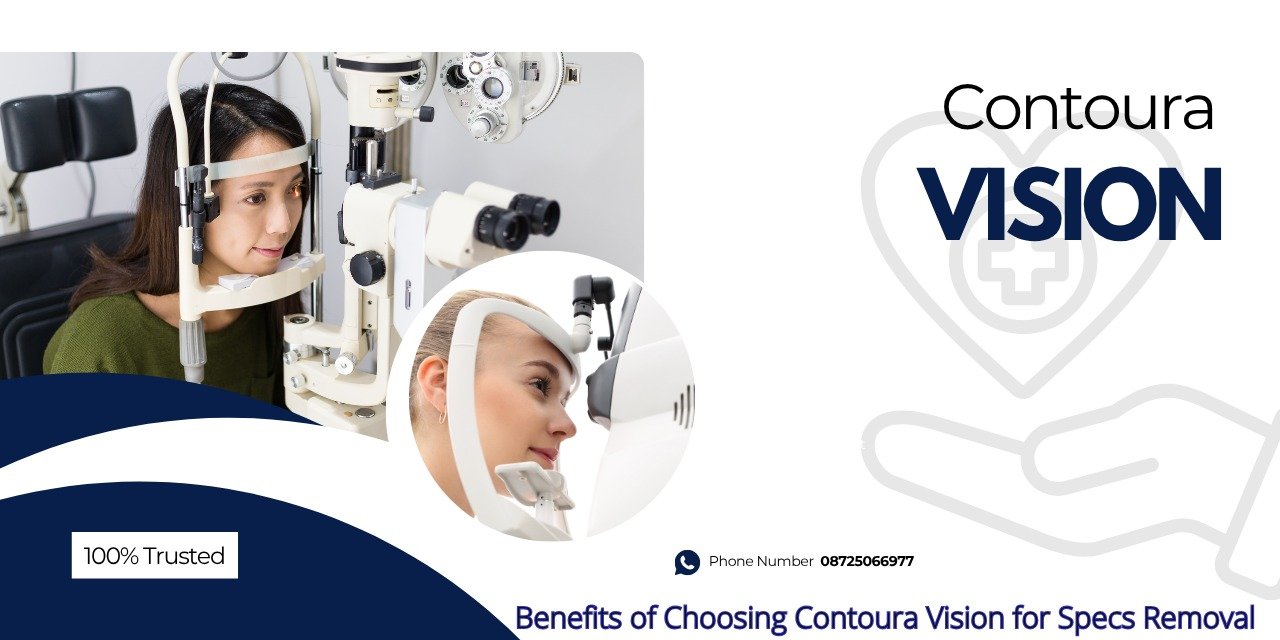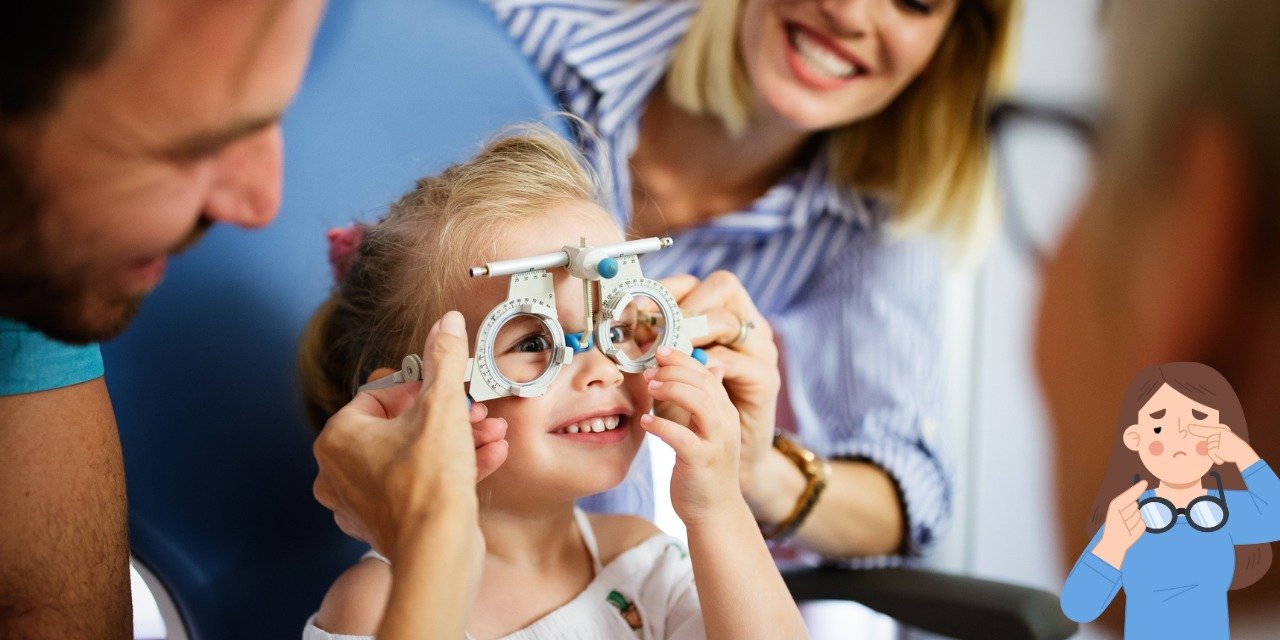Squint, medically known as strabismus, is a common eye condition characterized by the misalignment of the eyes. It can affect individuals of all ages, yet many myths and misconceptions surround this condition and its treatment options. This article aims to clarify these myths and present factual information regarding effective treatments, particularly focusing on squint eye treatment in Ambala.
Understanding Squint Eye
Squint occurs when the eyes do not align properly, leading to one eye focusing on an object while the other may turn inwards, outwards, upwards, or downwards. This misalignment can be constant or intermittent and may result in various vision problems if left untreated, including double vision and amblyopia (lazy eye).
Common Myths About Squint
Myth 1: Squint Can Only Be Corrected with Surgery
Fact: While surgery is a common treatment option for squint, it is not the only solution. Non-surgical methods such as vision therapy, corrective lenses, and prism glasses can also effectively manage squint.
Myth 2: Vision Therapy Is Ineffective
Fact: Vision therapy, also known as orthoptics, is a non-invasive approach that improves eye coordination and strengthens eye muscles through specific exercises. This method can lead to significant improvements in alignment and visual function.
Myth 3: Squint Correction Is Only Cosmetic
Fact: Although squint can affect appearance, its implications go beyond cosmetic concerns. Untreated squint can disrupt binocular vision and depth perception, making timely correction essential for optimal visual development
.
Myth 4: Squint Surgery Is Very Risky
Fact: Many people believe that squint surgery poses significant risks; however, it is generally considered safe when performed by experienced ophthalmologists. Complications are rare, and most patients experience positive outcomes.
Myth 5: Children Will Outgrow Squint Eyes
Fact: While some children may show improvement as they grow, many do not outgrow squint eyes without treatment. Early intervention is crucial. If you notice signs of squinting in your child, consult a specialist. Delaying treatment can lead to complications and a higher likelihood of developing amblyopia.
Myth 6: Eye Exercises Can Fix Squint Eyes
Fact: Eye exercises may help in some cases, but they are not a standalone solution for squint eyes. While exercises can improve coordination and strengthen eye muscles, they cannot correct the underlying misalignment.
Effective Treatments for Squint
- Prescription Glasses: For some individuals, particularly children, glasses can correct refractive errors, which may help align the eyes. Wearing the correct prescription can improve vision and reduce the squinting.
- Vision Therapy: This form of treatment involves exercises and activities designed to improve visual skills and coordination. Vision therapy may be beneficial for specific types of squint but should be part of a comprehensive treatment plan.
- Surgery: In many cases, surgery is the most effective treatment for squint eyes. The procedure involves repositioning the eye muscles to correct alignment. This surgery is typically outpatient, and many patients experience significant improvements in both vision and appearance post-surgery.
- Botulinum Toxin Injections: In certain cases, botulinum toxin (Botox) injections can temporarily paralyze overactive eye muscles, allowing for realignment. This treatment may be a suitable option for adults or in cases where surgery is not immediately appropriate.
Conclusion
Understanding the facts about squint and its treatment options is crucial for those affected by this condition. While surgical intervention is a viable option for many patients, non-surgical methods such as glasses and vision therapy can also provide effective management of squint.For personalized advice and treatment options for squint eye treatment in Ambala, consult with Dr. P.C Sharma at P.C.Sharma Eye Hospital. You can reach out at +919896081381 to schedule a consultation and take the first step toward clearer vision.













